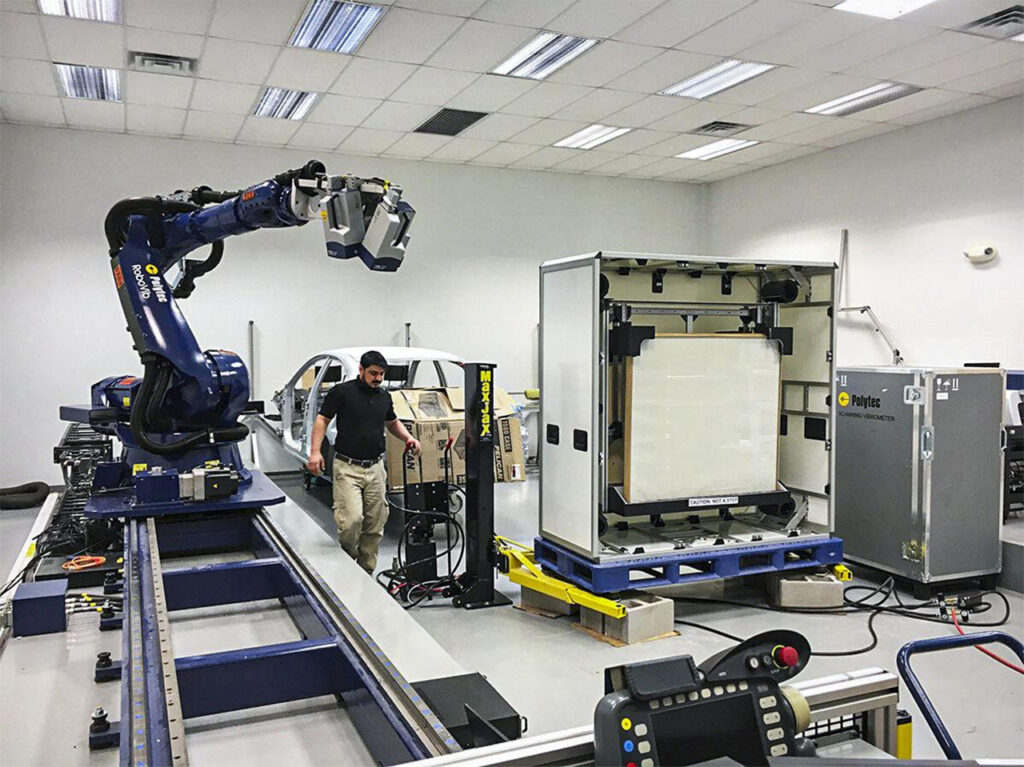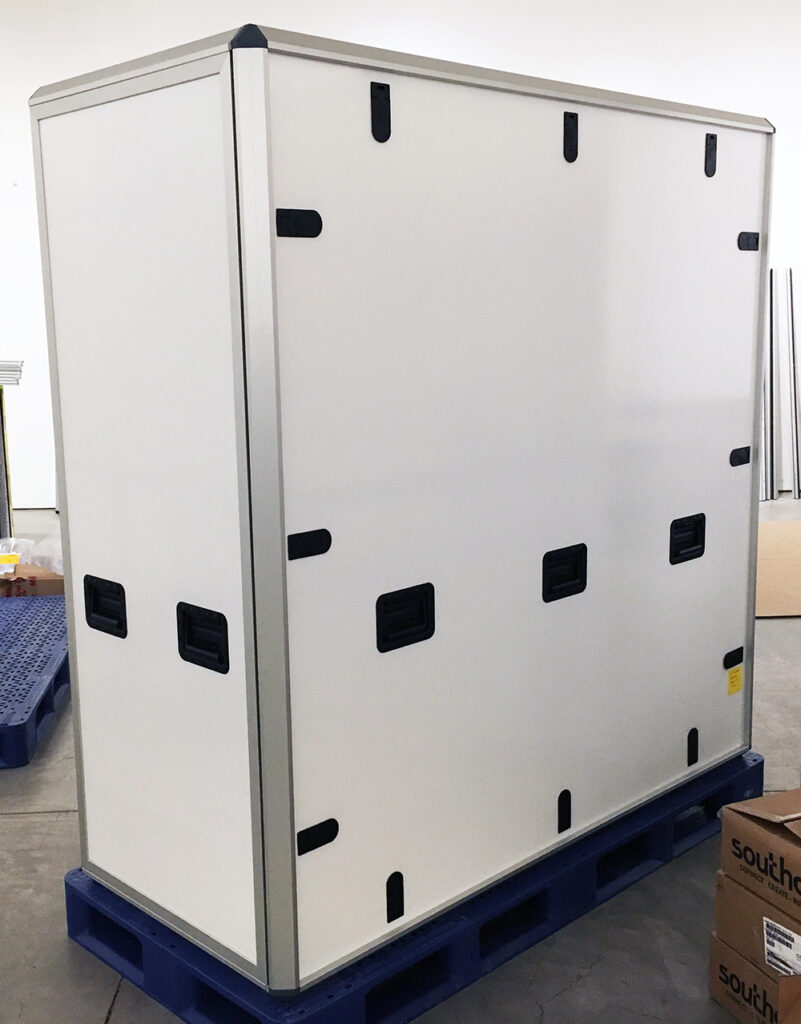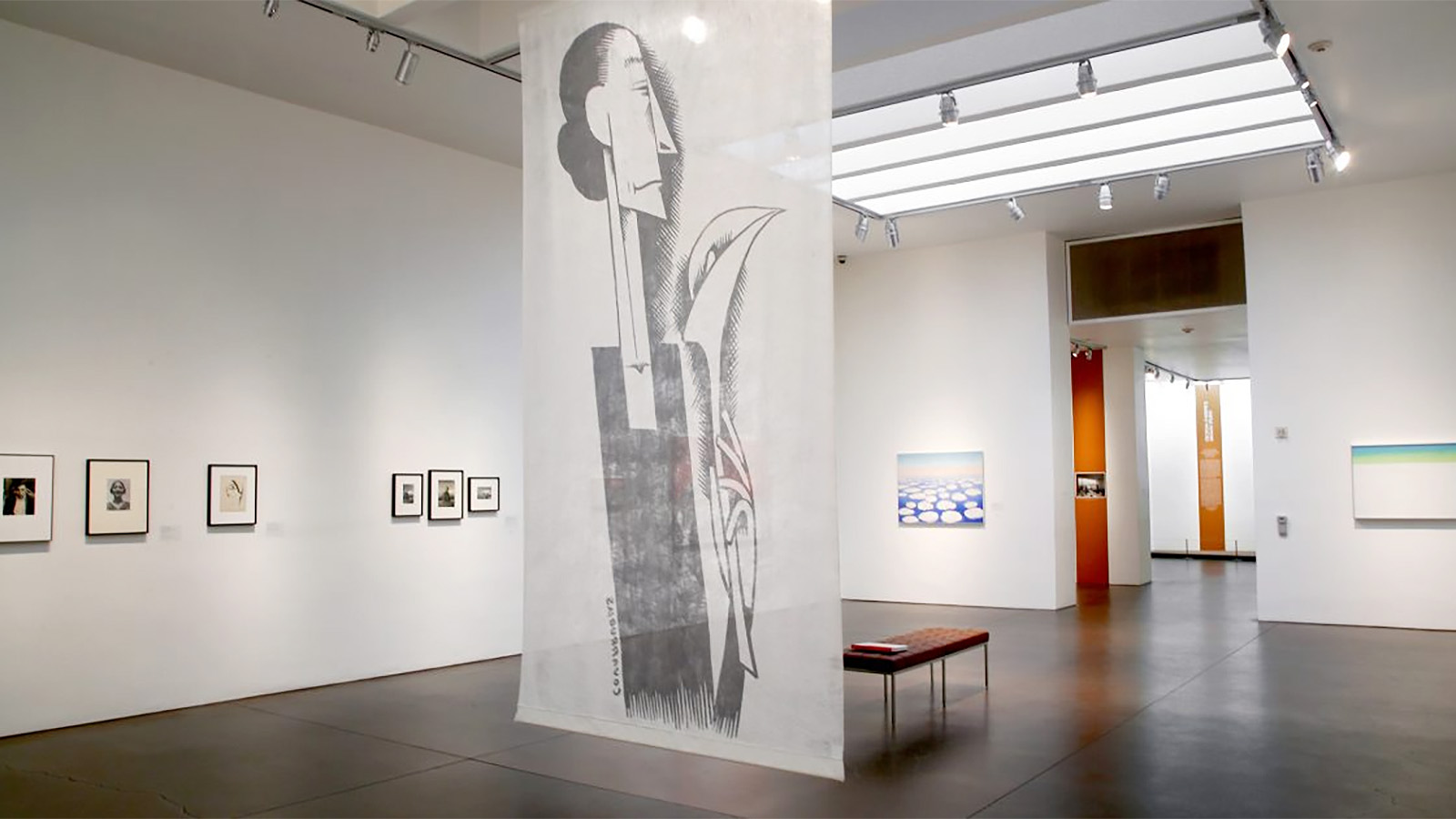The Georgia O’Keeffe Museum has over 3,000 works by the American modernist painter, ranging from paintings to sculptures to drawings. Like many museums that house significant art, those works are often moved for exhibitions, contributing to an ecosystem that sees hundreds of thousands of art shipments transported globally every year. In 2017, the international fine arts logistics market size was $2.9 billion and projected to reach $4.1 billion by 2025.
While traditional art packing involves intricate wrapping and framing systems, they don’t always guarantee the work’s safety, which can be a problem. That’s why the Georgia O’Keeffe Museum is developing its own art shipment crate.
In 2011, the museum conducted a traveling Europe exhibition in Helsinki and Munich, later returning to the United States. According to Dale Kronkright, the Georgia O’Keeffe Museum’s Head of Conservation, the institution’s existing crates were designed to handle accidents, including crates falling off loading docks and truck lift gates, ice storms, and crashes when trucks are turning over. “All those things have happened in the past,” he says.

“When something moves, the tension is all being taken up by the paint,” says Dale Kronkright, the museum’s Head of Conservation, who identified the impact of vibrations on transported paintings. Image: Dale Kronkright conserving Georgia O’Keeffe’s “Spring” in 2021 © Georgia O’Keeffe Museum
After the Europe tour, he found that five out of 70 artworks had new paint cracks and existing cracks had gotten wider. “I knew this was a fatigue and cumulative effect of many years of travel,” he says, still wanting to find the core cause. He surveyed the museums travel records, finding that artworks that had traveled between 17,000 to 20,000 miles were showing new cracks, while those that hadn’t weren’t. “[2010-2011] is when I began to think maybe vibration was playing a larger role on trip deterioration,” he says.
In 2015, the museum consulted aerospace engineers at the Jet Propulsion Lab in Pasadena and the Los Alamos National Lab in New Mexico to understand vibration, and referenced the trucking and aircraft industry to understand vibrations generated by road and air travel. Using laser doppler vibrometry, a system for measuring small vibrations by shooting infrared lasers at object surfaces, they found that oil painting canvases begin to loosen after 10 years.


The vibration reducing Alpha case, created by the Georgia O’Keeffe Museum and other partners, at the Polytec Inc., testing facility in Dexter, Michigan. Image: Courtesy of the Georgia O’Keeffe Museum.
“A Stephen Mycoskie study for the Canadian Conservation Institute in 1991 made clear that after about 10 years, paint starts to hold things vertically, and the canvas is doing almost nothing to protect the paint,” Kronkright says. “So when something moves, the tension is all being taken up by the paint.” He found that the museum’s paintings vibrate at the same frequency as most trucks and aircraft: 10 to 50 cycles per second hertz. Additionally, traditional packing materials like compressible foam amplify vibrations, further vibrational damage.
To solve this problem, the Georgia O’Keeffe Museum is designing a crate that features a floating platform that only vibrates at six hertz, a frequency well below the danger threshold. The museum is currently on its sixth iteration and plans to build the crates in 12 months. According to Kronkright, the institution has spent close to a million dollars on the project development since 2011. The museum has two patents and a third pending and hopes to eventually partner with a manufacturer to license the technology.
“What we’re looking to do is to partner with somebody who has both the manufacturing and distribution capacity to get more of these cases to museums and high-end collectors concerned about the longevity of their work,” he says. “The museum doesn’t want to go into the case-building business; that’s not what we do.”



